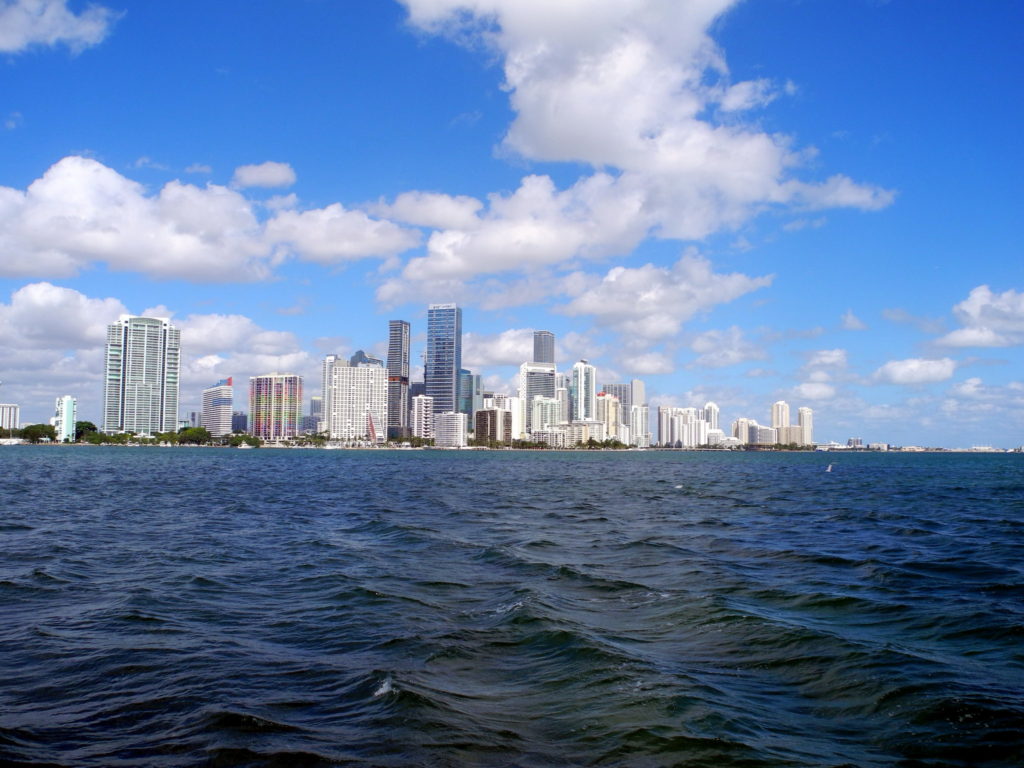
After several years of brutal flooding and hurricanes in the U.S., a distressing debate is emerging: if there is not enough money available to protect every coastal community from the effects of global warming, how do we decide which ones to save first.
Recent research looked at the costs involved in providing basic storm-surge protection in the form of sea walls for all coastal cities with more than 25,000 residents. That number was $42 billion. Expanding the list to include communities smaller than 25,000 people would increase that cost to more than $400 billion. Realistically, that is just not going to happen.
This particular study only looked at sea walls and no other methods for minimizing flood risk, such as moving homes and businesses away from the most flood-prone areas. It also didn’t look at additional and costlier actions that will be required even with sea walls, such as revamping sewers, storm water, and drinking water infrastructure.
The facts are that many cities, especially small ones, will not be able to meet the costs facing them. Those that can’t will depend on federal funding. But even optimistically large proposals for federal infrastructure spending are likely to fall far short of the vast need. Ultimately, the money will end up being spent where it can do the most good – even if it means that some places are left out.
But what criteria will be used to direct the money? Economic value? Historic significance? Population? Political influence?
This is a looming and massive issue whose chief obstacle may be that many officials refuse to acknowledge that it is happening. This is the next wave of climate denial – denying the costs that we are all facing.
**********
Web Links
With More Storms and Rising Seas, Which U.S. Cities Should Be Saved First?
Photo, posted October 31, 2018, courtesy of Patrick Kinney via Flickr.
Earth Wise is a production of WAMC Northeast Public Radio.
Leave a Reply